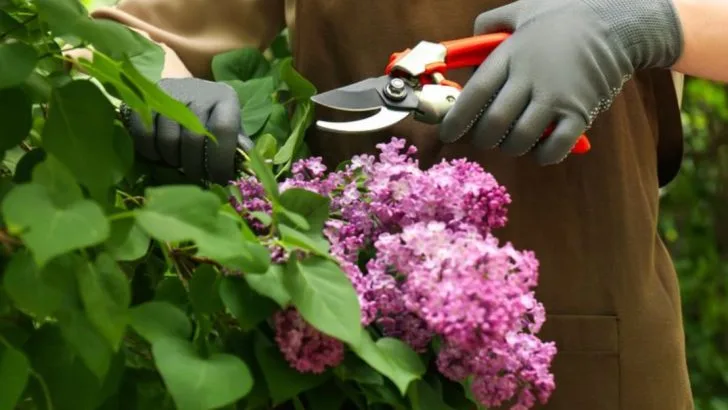When the summer sun starts blazing, your garden will thank you for all the smart prep you did back in spring. Getting ahead of the game now means you can relax later, while your plants stay healthy, hydrated, and happy even in triple-digit temps.
From improving soil moisture retention to checking your irrigation systems and choosing the right mulch, these early-season chores might seem small—but they make a huge difference when heatwaves roll in. Taking the time to get things in order now also helps prevent pests, diseases, and plant stress later.
In this list, we’ll walk you through 15 essential tasks that will make your garden more resilient, low-maintenance, and downright thriving all summer long. You’ll thank yourself when your neighbors’ plants are wilting and yours are just getting started.
Revitalize the Soil
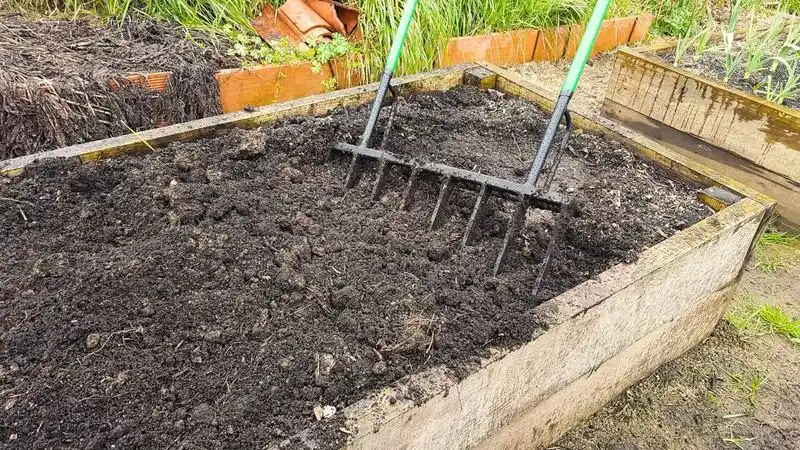
Enriching soil with organic matter can greatly enhance plant health. Adding compost or well-rotted manure improves nutrient content, helping plants withstand intense summer heat. Soil amendments also aid in water retention, reducing the need for frequent watering. This is especially crucial in sandy soils that drain quickly. By revitalizing your soil now, you ensure that your garden has a robust foundation to support vigorous growth. Healthy soil is like a pantry stocked with all the essential nutrients your plants will crave during the hot months.
Mulch for Moisture
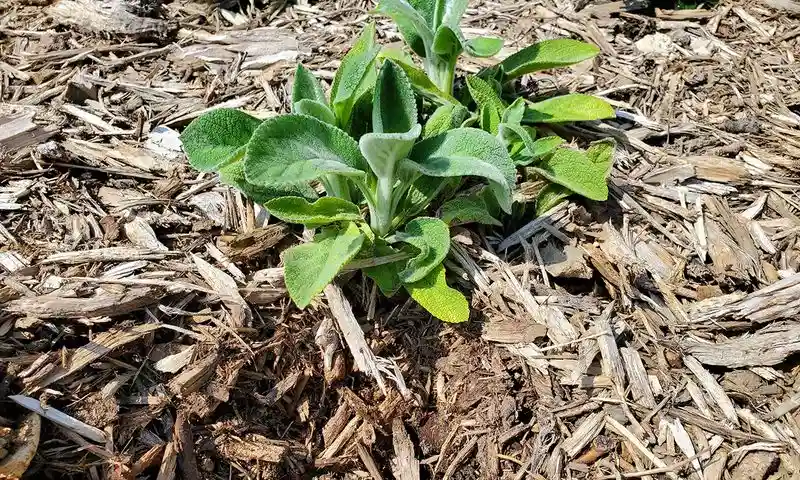
Mulching is a gardener’s best friend, especially before the summer heat. A thick layer of mulch around plants not only conserves moisture but also suppresses weed growth, keeping your garden tidy. Mulch, whether organic or inorganic, acts as an insulating blanket for the soil, maintaining a stable temperature. This is particularly helpful during sudden heatwaves, protecting plant roots from stress. Choosing the right mulch can add aesthetic appeal to your garden, enhancing its overall look while providing practical benefits.
Prune Early
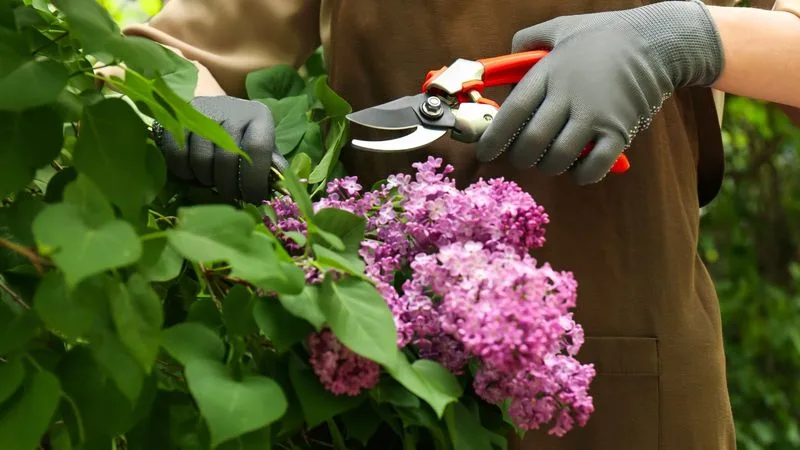
Early pruning sets the stage for a flourishing summer garden. Trimming back dead or damaged branches encourages new growth and improves air circulation, reducing disease risk. Pruning also helps shape plants, directing energy to the strongest shoots and promoting a more vigorous bloom. Timing is key; pruning should be done before new growth starts in earnest. By tending to your plants now, you ensure they are healthy and ready to face the challenges of summer. This proactive step can lead to a more resilient garden.
Plan Your Watering Schedule
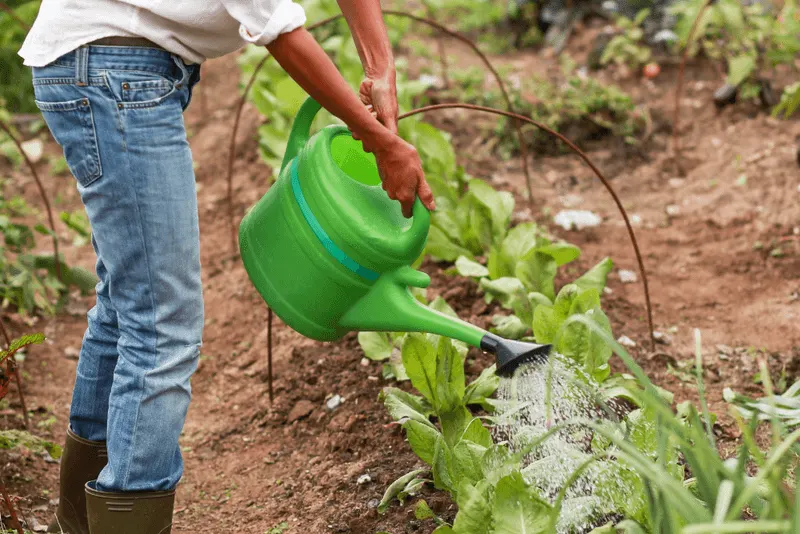
Consistent watering is vital as temperatures rise, and setting up a schedule can make this task manageable. Consider the specific needs of different plants; some may require daily watering, while others prefer less frequent irrigation. Automated systems, like drip irrigation, can ease the burden, ensuring each plant receives adequate moisture. Early morning watering reduces evaporation, maximizing water use efficiency. By planning ahead, you create a sustainable routine that keeps your garden vibrant and healthy all summer long.
Create Shade Solutions
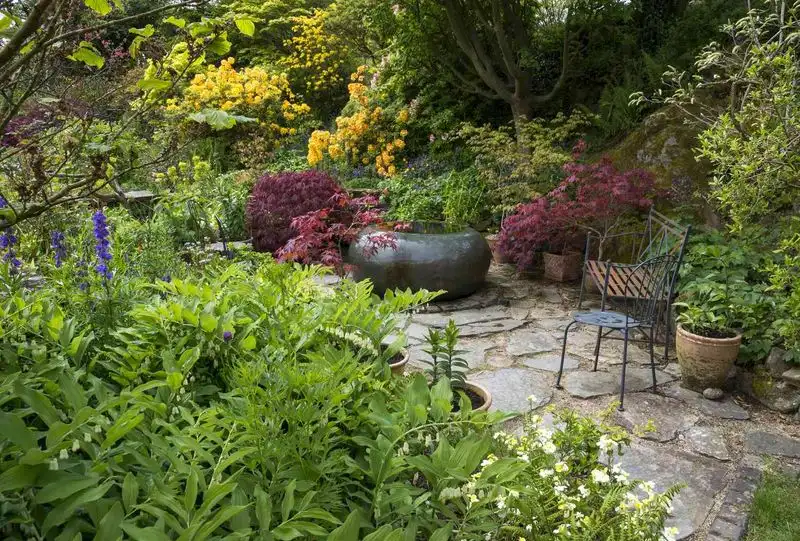
As the sun intensifies, providing shade can protect sensitive plants from scorching. Temporary solutions, like shade sails or umbrellas, are flexible options that can be moved as needed. Permanent structures, such as pergolas or trellises with climbing plants, add both function and beauty to your garden. Strategic placement of shade solutions can prevent leaf burn and reduce water demand. Consider the movement of the sun across your garden to optimize coverage and keep your greens thriving in the heat.
Inspect for Pests

Before summer hits, a thorough inspection for pests can save your garden from devastation. Check for common nuisances like aphids, slugs, and caterpillars that thrive in the warmth. Early detection allows for natural remedies, such as neem oil or companion planting, to be effective. Regular monitoring keeps pest populations in check, preventing large-scale infestations that can occur during peak heat. By staying vigilant, you protect your garden’s health and productivity in a proactive manner.
Divide and Transplant
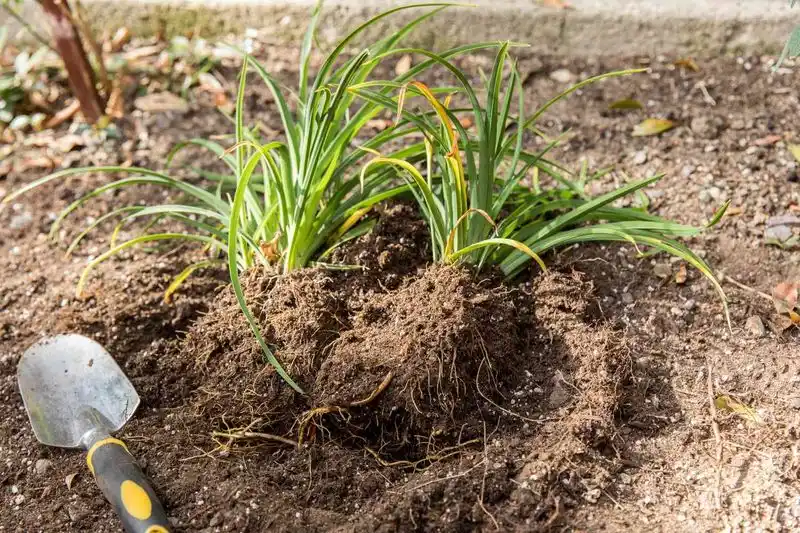
Dividing and transplanting perennials is best done before high temperatures arrive. This process invigorates crowded plants, encouraging more robust growth. By giving them space, roots can expand and absorb nutrients more efficiently. Early spring is ideal, allowing plants to establish themselves before the heat stress. Transplanting also provides an opportunity to rearrange your garden layout for optimal aesthetic and functional appeal. Thoughtful planning and care during this task lay the groundwork for a thriving garden.
Install a Rainwater Collection System
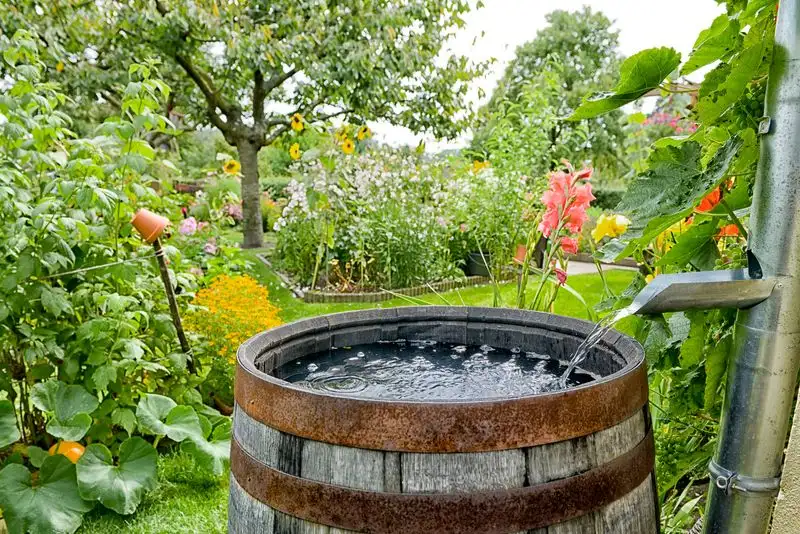
Harvesting rainwater is a sustainable choice, especially as summer droughts loom. Installing a rainwater collection system reduces reliance on municipal water, saving money and conserving resources. Collected rainwater is ideal for plants, free of chemicals found in tap water. Systems can vary from simple barrels to more complex underground tanks. Positioning them under downspouts maximizes collection potential. By capturing the rainy season’s bounty, you ensure a ready supply of water, keeping your garden hydrated during dry spells.
Refresh Garden Beds
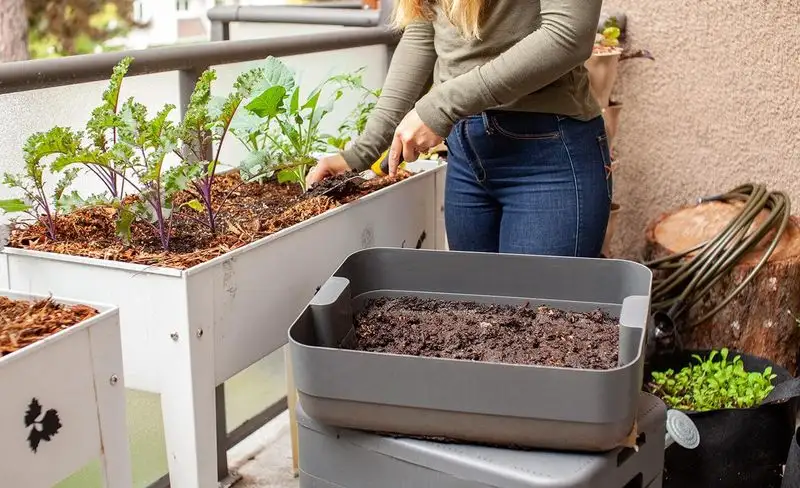
Refreshing garden beds in spring prepares them for the intense summer ahead. Removing old debris and adding fresh soil revitalizes the space, providing nutrients essential for growth. This task also involves replanting or rearranging plants to enhance visual interest. Consider companion planting to optimize space and improve plant health. A refreshed bed not only boosts plant vitality but also enhances your garden’s overall aesthetic. As the seasons change, this rejuvenation sets a positive tone for the growing months.
Build Compost Bins
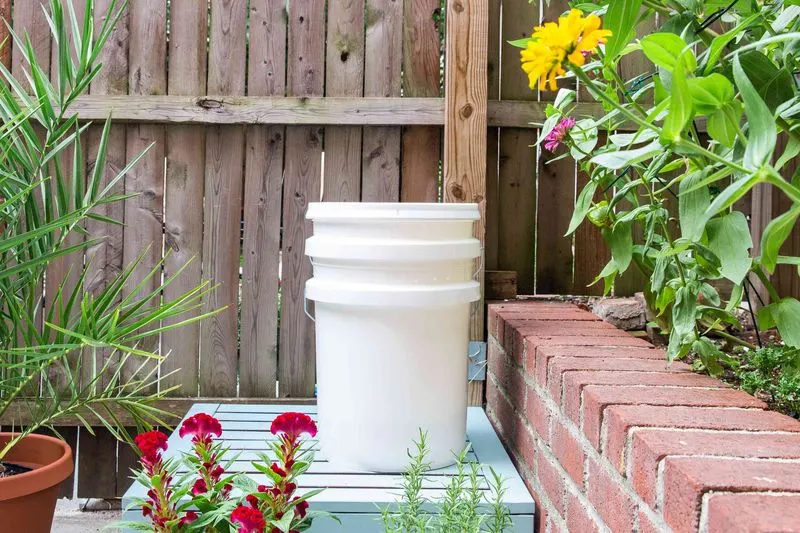
Composting turns kitchen scraps and yard waste into valuable garden gold. Building a compost bin now ensures you’re ready to recycle organic material into nutrient-rich compost. This process reduces waste and provides your garden with a continuous supply of natural fertilizer. Various designs range from simple wire enclosures to more complex tumblers, all serving to accelerate decomposition. As temperatures rise, decomposition speeds up, quickly turning waste into usable compost. This eco-friendly practice supports a sustainable garden ecosystem.
Prepare for Pollinators

Encouraging pollinators like bees and butterflies enriches your garden ecosystem. Planting a variety of flowers that bloom throughout the season provides a continuous food source. Incorporating native species is beneficial, as they attract local pollinators. Simple additions like a bee hotel or butterfly bath create inviting habitats. These efforts enhance biodiversity, which contributes to a more resilient garden. By supporting these crucial creatures, you ensure that your plants are well-pollinated, leading to a bountiful harvest.
Install Drip Irrigation
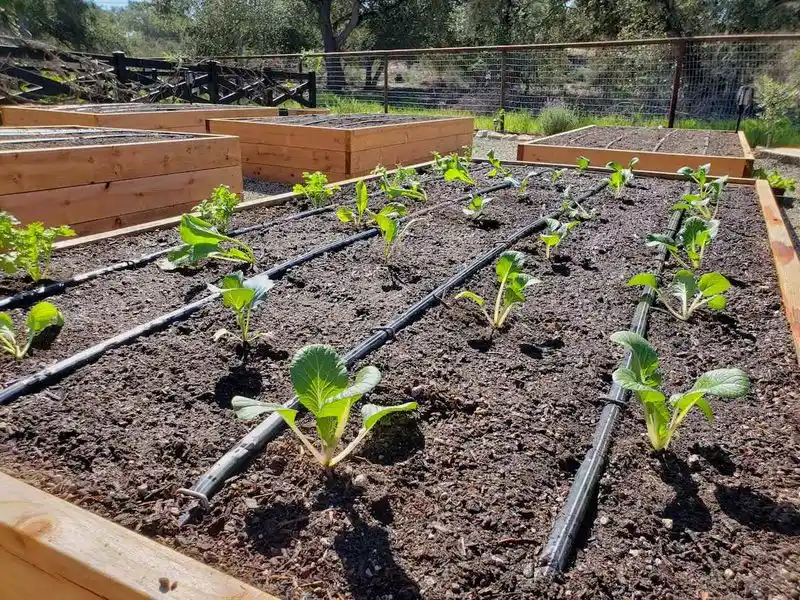
Drip irrigation offers precise watering, making it an efficient choice for the hot months ahead. Systems deliver water directly to plant roots, minimizing evaporation and waste. This method is particularly beneficial for vegetables, ensuring consistent moisture levels, which is key for growth. While setup requires initial investment and effort, the long-term water savings and improved plant health make it worthwhile. By installing a drip irrigation system, you simplify your watering routine and support a flourishing garden.
Enhance Garden Paths
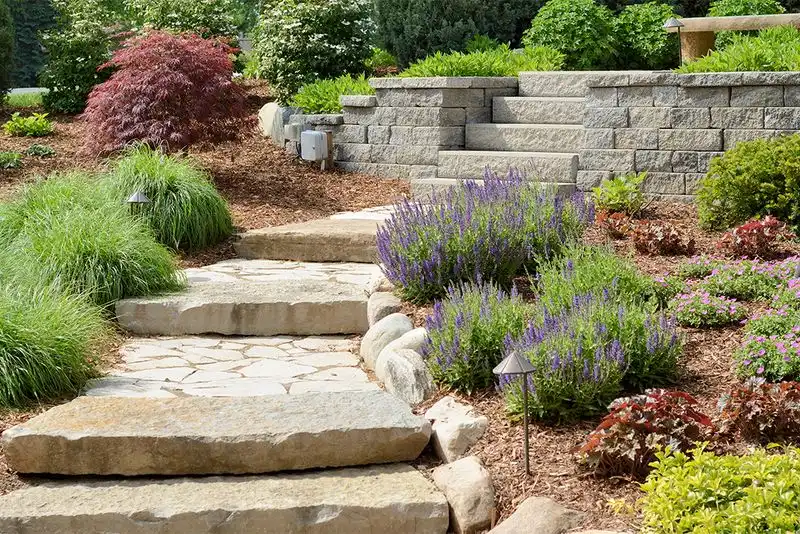
Well-designed garden paths guide visitors and protect plant beds. Enhancing paths before summer ensures they withstand increased foot traffic. Materials like gravel, stone, or mulch are popular choices, each offering unique textures and colors. Paths also serve practical purposes, such as improving drainage and preventing soil compaction. As you plan your path, consider the flow and accessibility it provides. An inviting path not only beautifies your garden but also enhances its functionality for enjoyment all season long.
Start a Herb Garden

Growing herbs is a rewarding endeavor, providing fresh flavors right from your garden. Starting a herb garden now ensures plants are well-established by summer. Container gardening offers flexibility, allowing you to move herbs to optimal locations. Popular choices like basil, rosemary, and thyme thrive in warm weather. Choose a sunny spot for your herbs, ensuring they receive ample light. Regular harvesting encourages growth and keeps plants productive. An herb garden adds both culinary delight and visual charm to your outdoor space.
Plan for Succession Planting
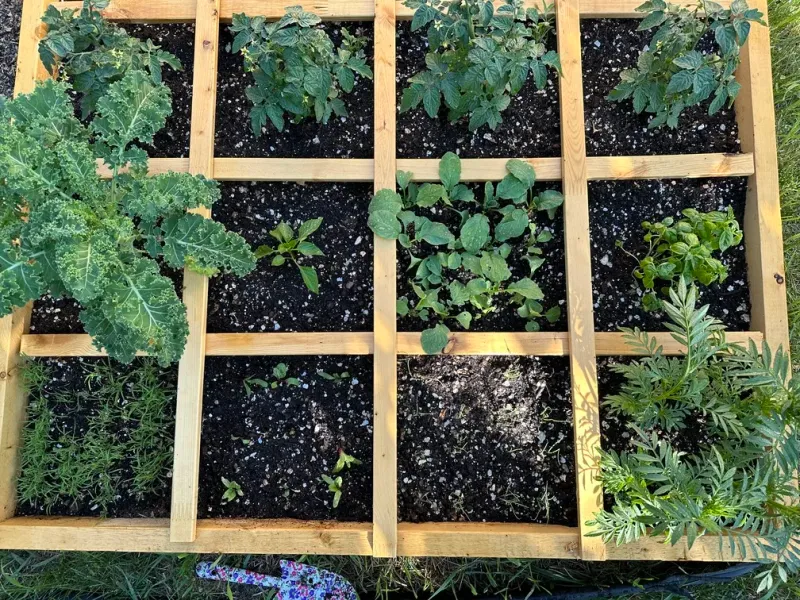
Succession planting optimizes crop production by staggering plantings for continual harvest. Planning these cycles now prepares you for a productive summer. Consider fast-maturing crops like lettuce or radishes to fill gaps as other plants finish. This method maximizes garden space, ensuring it remains productive throughout the season. By planning carefully, you can enjoy a steady supply of fresh produce, reducing the need for store-bought vegetables. Succession planting keeps your garden dynamic and constantly evolving.

